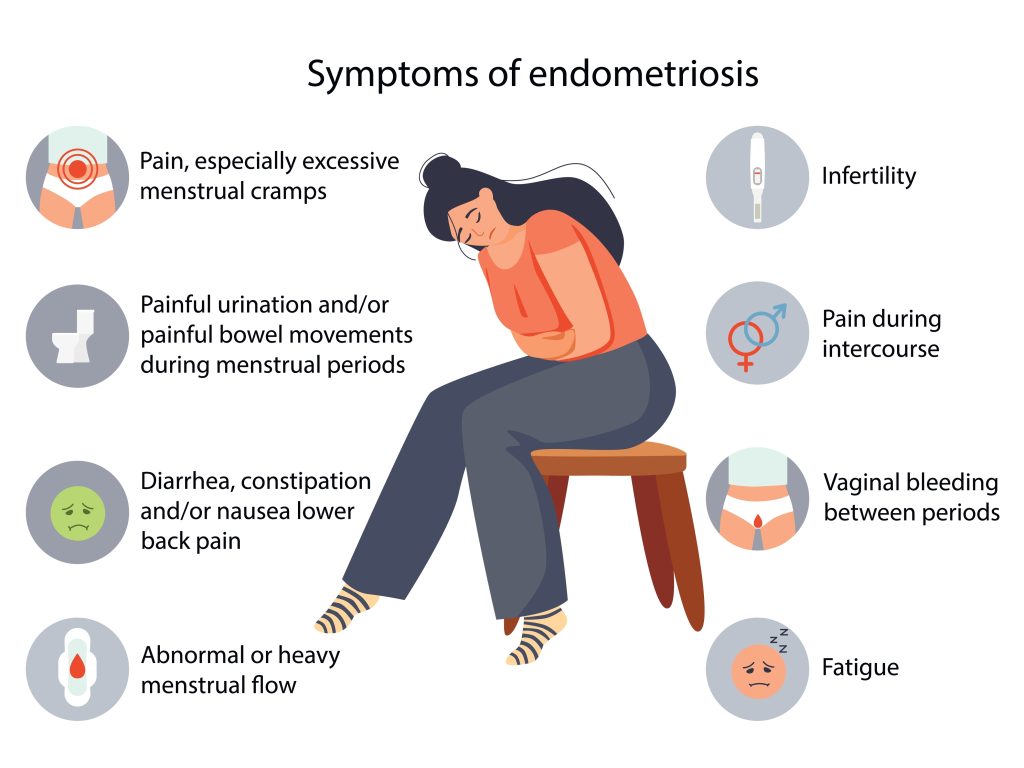Endometriosis: Learn How Awareness And Algorithms Can Speed Up Diagnosis And Treatment
At least 200 million people are affected by endometriosis across the entire world. Even though it is highly prevalent, patients living with the disease often wait for seven and a half years on average. And only after that time does their symptoms and diagnosis of endometriosis commence.

Various reasons, including medical dismissal, cause this typical delay. Nevertheless, it is often represented as a reproductive disease in women. Sometimes, endometriosis also occurs in people who have been diagnosed with hysterectomies. Also, it is found in genderfluid and non-binary people, transgender men, and pre-menstrual and post-menstrual people. And in the rarest of cases, cisgender men are also diagnosed with endometriosis.
Extensive research suggests that education on endometriosis is lacking severely. So people who are already having this condition are very much unaware that they are diagnosed with the same. Some surveys also prove that social media is highly beneficial for those who live with endometriosis.

Normalizing menstrual cramps is probably the main factor in delaying the diagnosis of people having endometriosis. Nevertheless, not everyone with endometriosis encounters menstrual pain or menstruating. Several healthcare practitioners also encourage hormonal contraceptives and painkillers for managing excruciating pain.
Since endometriosis is an invisible condition, it cannot be detected by looking at someone. So incorporating endometriosis in grade school curricula and social media is highly beneficial. It helps make the disease immensely apparent, allowing people with symptoms to seek early medical attention.
